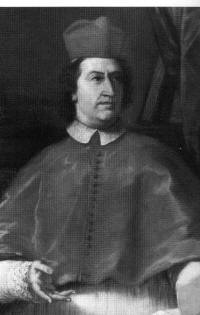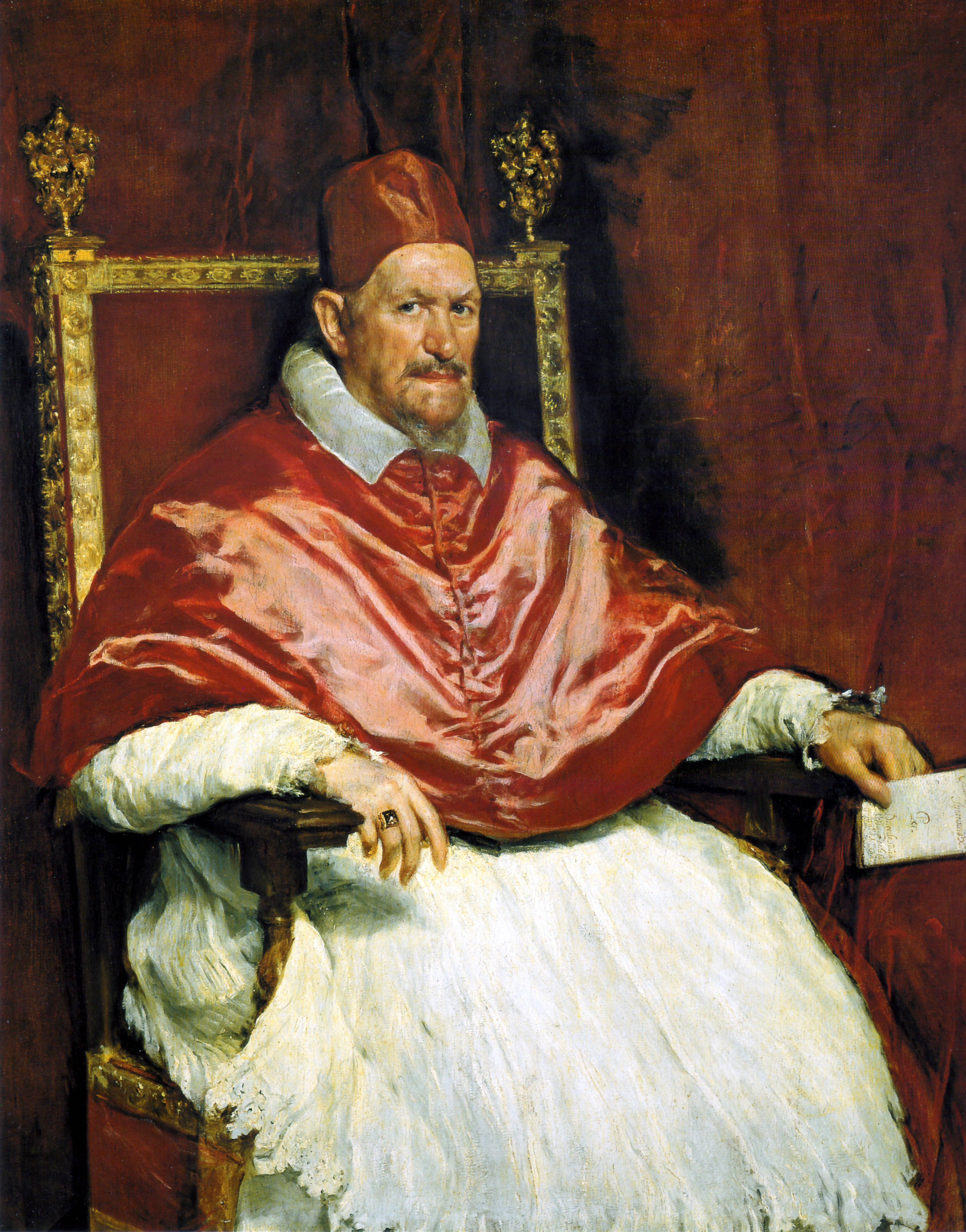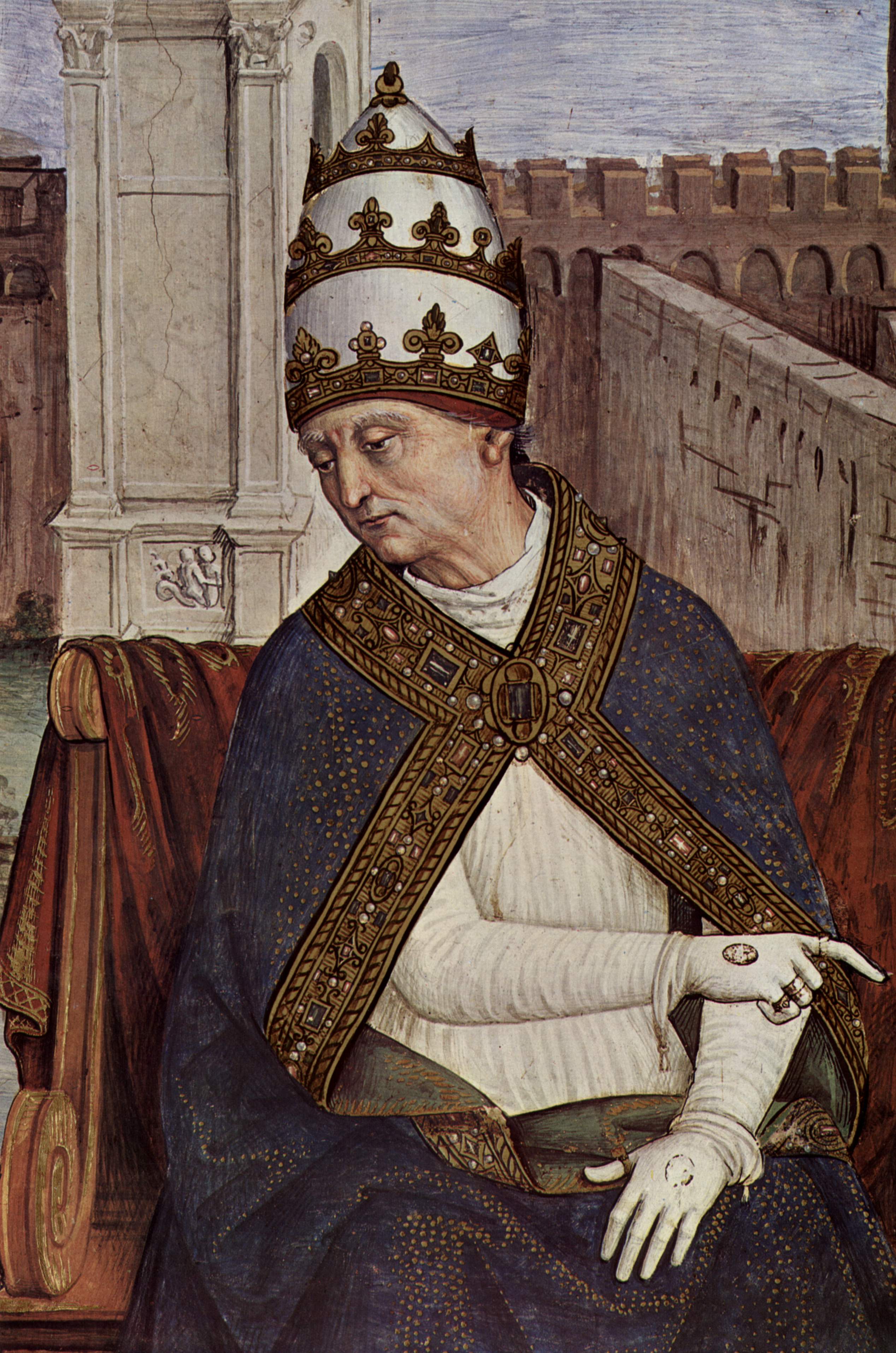|
Diocese Of Tarbes And Lourdes
The Roman Catholic Diocese of Tarbes et Lourdes ( Latin: ''Dioecesis Tarbiensis et Lourdensis''; French: ''Diocèse de Tarbes et Lourdes'') is a Roman Catholic Latin Rite diocese in France. Until 2002 Tarbes was a suffragan of the Archdiocese of Auch. It is now a suffragan of the Archdiocese of Toulouse. The name of the diocese was changed from the Tarbes to the Diocese of Tarbes et Lourdes on 20 April 1912. History The earliest known bishop of Tarbes appears to be Syagrius, who attended the Council of Nîmes in 394. The Cathedral had been burned and seriously damaged in the French Wars of Religion by the Huguenots, and was a long time in being restored. The Cathedral had fourteen Canons. Until 1524 the Canons served under the Rule of Saint Augustine; thereafter they were secular canons. There were twelve prebendaries. The Chapter had an unusually large number of dignitaries: a Provost (which became dormant), eight Archdeacons, the Cantor, the Sacristan, the Chamberlain ... [...More Info...] [...Related Items...] OR: [Wikipedia] [Google] [Baidu] |
Tarbes Cathedral
Tarbes Cathedral (french: Cathédrale Notre-Dame-de-la-Sède de Tarbes) is a Roman Catholic church building, church located in the town of Tarbes, Hautes-Pyrénées, France. The cathedral is a Monument historique, national monument and is the seat of the Roman Catholic Diocese of Tarbes-et-Lourdes, Bishop of Tarbes et Lourdes. History Tarbes Cathedral was established during the 12th century. Of the original building there remain two apses of the choir. A first extension was made in the 14th century by the addition of a Gothic architecture, Gothic nave, which until the 18th century was co-extensive with the outer span. The cathedral resembles a fortress and was built with round pebbles from the river Adour which have also been used for the construction of many houses in Tarbes. It can accommodate up to 600 people. A large Baroque architecture, Baroque canopy in marble from the 18th century covers the main altar. Napoleon described Tarbes as "a street without a city, a bridge with ... [...More Info...] [...Related Items...] OR: [Wikipedia] [Google] [Baidu] |
French Wars Of Religion
The French Wars of Religion is the term which is used in reference to a period of civil war between French Catholic Church, Catholics and Protestantism, Protestants, commonly called Huguenots, which lasted from 1562 to 1598. According to estimates, between two and four million people died from violence, famine or diseases which were directly caused by the conflict; additionally, the conflict severely damaged the power of the French monarchy. The fighting ended in 1598 when Henry of Navarre, who had converted to Catholicism in 1593, was proclaimed Henry IV of France and issued the Edict of Nantes, which granted substantial rights and freedoms to the Huguenots. However, the Catholics continued to have a hostile opinion of Protestants in general and they also continued to have a hostile opinion of him as a person, and his assassination in 1610 triggered a fresh round of Huguenot rebellions in the 1620s. Tensions between the two religions had been building since the 1530s, exacerba ... [...More Info...] [...Related Items...] OR: [Wikipedia] [Google] [Baidu] |
Pope Clement XIV
Pope Clement XIV ( la, Clemens XIV; it, Clemente XIV; 31 October 1705 – 22 September 1774), born Giovanni Vincenzo Antonio Ganganelli, was head of the Catholic Church and ruler of the Papal States from 19 May 1769 to his death in September 1774. At the time of his election, he was the only Franciscan friar in the College of Cardinals, having been a member of OFM Conventual. To date, he is the last pope to take the pontifical name of "Clement" upon his election. During his pontificate, Clement decreed the suppression of the Society of Jesus. Early life Ganganelli was born in Santarcangelo di Romagna in 1705 as the second child of Lorenzo Ganganelli and Angela Serafina Maria Mazza. He received the sacrament of baptism on 2 November 1705. He initially studied at Verucchio but later received his education from the Society of Jesus at Rimini from 1717. He also studied with the Piarists of Urbino. Ganganelli entered the Order of Friars Minor Conventual on 15 May 1723 in F ... [...More Info...] [...Related Items...] OR: [Wikipedia] [Google] [Baidu] |
Pope Clement XI
Pope Clement XI ( la, Clemens XI; it, Clemente XI; 23 July 1649 – 19 March 1721), born Giovanni Francesco Albani, was head of the Catholic Church and ruler of the Papal States from 23 November 1700 to his death in March 1721. Clement XI was a patron of the arts and of science. He was also a great benefactor of the Vatican Library; his interest in archaeology is credited with saving much of Rome's antiquity. He authorized expeditions which succeeded in rediscovering various ancient Christian writings and authorized excavations of the Roman catacombs. Biography Early life Giovanni Francesco Albani was born in 1649 in Urbino to the Albani family, a distinguished family of Albanian origin in central Italy. His mother Elena Mosca (1630-1698) was a high-standing Italian of bergamasque origin, descended from the noble Mosca family of Pesaro. His father Carlo Albani (1623-1684) was a patrician. His mother descended in part from the Staccoli family, who were patricians of Urbino, ... [...More Info...] [...Related Items...] OR: [Wikipedia] [Google] [Baidu] |
King Louis XV
Louis XV (15 February 1710 – 10 May 1774), known as Louis the Beloved (french: le Bien-Aimé), was King of France from 1 September 1715 until his death in 1774. He succeeded his great-grandfather Louis XIV at the age of five. Until he reached maturity (then defined as his 13th birthday) on 15 February 1723, the kingdom was ruled by his grand-uncle Philippe II, Duke of Orléans, as Regent of France. Cardinal Fleury was chief minister from 1726 until his death in 1743, at which time the king took sole control of the kingdom. His reign of almost 59 years (from 1715 to 1774) was the second longest in the history of France, exceeded only by his predecessor, Louis XIV, who had ruled for 72 years (from 1643 to 1715). In 1748, Louis returned the Austrian Netherlands, won at the Battle of Fontenoy of 1745. He ceded New France in North America to Great Britain and Spain at the conclusion of the disastrous Seven Years' War in 1763. He incorporated the territories of the Duchy of Lorrai ... [...More Info...] [...Related Items...] OR: [Wikipedia] [Google] [Baidu] |
Roman Catholic Archdiocese Of Auch
The Archdiocese of Auch-Condom-Lectoure-Lombez (Latin: ''Archidioecesis Auxitana-Condomiensis-Lectoriensis-Lomberiensis''; French: ''Archidiocèse d'Auch-Condom-Lectoure-Lombez''), more commonly known as the Archdiocese of Auch, is a Latin Church ecclesiastical territory or archdiocese of the Catholic Church in France. The archdiocese now comprises the department of Gers in south-west France. The archdiocese is a suffragan of the Archdiocese of Toulouse, and the current bishop, who therefore does not wear the pallium, is Maurice Marcel Gardès, appointed in 2004. History Originally erected in the 5th century as the diocese of Auch, the first bishop of Auch known to history is the poet Orientius (first half of the fifth century), in honor of whom a famous abbey was founded in the seventh century. A local legend of the 13th century attributes to King Clovis (c. 466–511) the promotion of Auch to the status of an archbishopric, and also its status as primate of "Gascony". Up to ... [...More Info...] [...Related Items...] OR: [Wikipedia] [Google] [Baidu] |
Pope Clement X
Pope Clement X ( la, Clemens X; it, Clemente X; 13 July 1590 – 22 July 1676), born Emilio Bonaventura Altieri, was head of the Catholic Church and ruler of the Papal States from 29 April 1670 to his death in July 1676. Elected pope at age 79, he has since been ranked as the oldest pope at the time of his election. Early life Emilio Boneventura Altieri was born in Rome in 1590, the son of Lorenzo Altieri and Vittoria Delfin, a noble Venetian lady, sister of Flaminio Delfin, commander general of the Papal Armies, and of Gentile Delfin, Bishop of Camerino. His brother was Giambattista Altieri. The Altieri family belonged to the ancient Roman nobility and had enjoyed the highest consideration at Rome for several centuries; they had occasionally contracted alliances with the Colonnas and the Orsinis. During earlier pontificates, the Altieri held many important offices and had been entrusted with several delicate missions. Early work Altieri received a doctorate in law fr ... [...More Info...] [...Related Items...] OR: [Wikipedia] [Google] [Baidu] |
Pope Clement IX
Pope Clement IX ( la, Clemens IX; it, Clemente IX; 28 January 1600 – 9 December 1669), born Giulio Rospigliosi, was head of the Catholic Church and ruler of the Papal States from 20 June 1667 to his death in December 1669. Biography Early life and education Giulio Rospigliosi was born in 1600 to the Rospigliosi family, a noble family of Pistoia in the Grand Duchy of Tuscany to Giacomo and Caterina Rospigliosi. He studied at the Seminario Romano and later at the University of Pisa as a pupil of the Jesuits, receiving doctorates in theology, philosophy and both canon and civil law in 1623. After receiving his doctorates, he taught theology there as a professor from 1623 to 1625. Episcopate and cardinalate Later Rospigliosi worked closely with Pope Urban VIII (1623–1644) where he worked in the diplomatic corps as the Referendary of the Apostolic Signatura. He was appointed as the Titular Archbishop of Tarsus in 1644 and later received episcopal consecration in the Vatican ... [...More Info...] [...Related Items...] OR: [Wikipedia] [Google] [Baidu] |
Pope Innocent X
Pope Innocent X ( la, Innocentius X; it, Innocenzo X; 6 May 1574 – 7 January 1655), born Giovanni Battista Pamphilj (or Pamphili), was head of the Catholic Church and ruler of the Papal States from 15 September 1644 to his death in January 1655. Born in Rome of a family from Gubbio in Umbria who had come to Rome during the pontificate of Pope Innocent IX, Pamphili was trained as a lawyer and graduated from the Collegio Romano. He followed a conventional ''cursus honorum'', following his uncle Girolamo Pamphili as auditor of the Rota, and like him, attaining the position of cardinal-priest of Sant'Eusebio. Before becoming pope, Pamphili served as a papal diplomat to Naples, France, and Spain. Pamphili succeeded Pope Urban VIII (1623–44) on 15 September 1644 as Pope Innocent X, after a contentious papal conclave that featured a rivalry between French and Spanish factions. Innocent X was one of the most politically shrewd pontiffs of the era, greatly increasing the tempor ... [...More Info...] [...Related Items...] OR: [Wikipedia] [Google] [Baidu] |
King Louis XIV
Louis XIV (Louis Dieudonné; 5 September 16381 September 1715), also known as Louis the Great () or the Sun King (), was List of French monarchs, King of France from 14 May 1643 until his death in 1715. His reign of 72 years and 110 days is the List of longest-reigning monarchs, longest of any sovereign in history whose date is verifiable. Although Louis XIV's France was emblematic of the Absolutism (European history), age of absolutism in Europe, the King surrounded himself with a variety of significant political, military, and cultural figures, such as Jacques-Bénigne Bossuet, Bossuet, Jean-Baptiste Colbert, Colbert, Charles Le Brun, Le Brun, André Le Nôtre, Le Nôtre, Jean-Baptiste Lully, Lully, Cardinal Mazarin, Mazarin, Molière, Jean Racine, Racine, Henri de La Tour d'Auvergne, Viscount of Turenne, Turenne, and Sébastien Le Prestre de Vauban, Vauban. Louis began his personal rule of France in 1661, after the death of his chief minister, the Cardinal Mazarin. An adherent o ... [...More Info...] [...Related Items...] OR: [Wikipedia] [Google] [Baidu] |
Georges II D'Amboise
Georges d'Amboise (1488–1550) was a French Roman Catholic bishop and cardinal. Biography A member of the House of Amboise, Georges d'Amboise was born in the Kingdom of France in 1488, one of the sixteen children of Jean d'Amboise, ''signeur'' of Bussy, and Catherine de Saint-Belin. He was the nephew of Cardinal Georges d'Amboise. Following Georges' mother's death, Jean d'Amboise became Bishop of Maillezais and Bishop of Langres. He was educated by preceptors Philippe Decium and Jean de Silva. Early in his ecclesiastical career, he became canon and archdeacon of the cathedral chapter of Rouen Cathedral; he later served as the chapter's treasurer and archdeacon. On 8 August 1511 he was elected Archbishop of Rouen. He was consecrated as a bishop in December 1513, and he received the pallium on 9 March 1514. He served as the king's almoner, and later prime minister under Louis XII of France. Pope Paul III made him a cardinal priest in the consistory of 16 Decembe ... [...More Info...] [...Related Items...] OR: [Wikipedia] [Google] [Baidu] |
Pope Pius II
Pope Pius II ( la, Pius PP. II, it, Pio II), born Enea Silvio Bartolomeo Piccolomini ( la, Aeneas Silvius Bartholomeus, links=no; 18 October 1405 – 14 August 1464), was head of the Catholic Church and ruler of the Papal States from 19 August 1458 to his death in August 1464. He was born at Corsignano in the Sienese territory of a noble but impoverished family. He was a Renaissance humanist, famous as an author in Latin before he became pope. His longest and most enduring work is the story of his life, the ''Commentaries'', which is the only revealed autobiography ever to have been written by a reigning pope. This was only published in 1584. Early life Aeneas was born to Silvio, a soldier and member of the House of Piccolomini, and Vittoria Forteguerri, who had 18 children including several twins, though most died at a young age. He worked with his father in the fields for some years and at age 18 left to study at the universities of Siena and Florence. He settled in the f ... [...More Info...] [...Related Items...] OR: [Wikipedia] [Google] [Baidu] |






